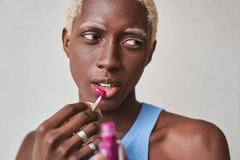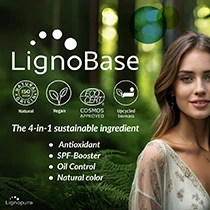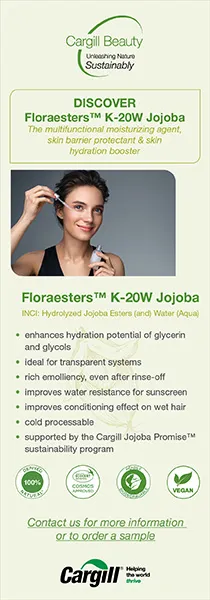Hijiki seaweed boosts pigmentation process in skin and hair, finds Korean research

21 Aug 2023 --- South Korean cosmetic manufacturer BioSpectrum has found that Sargassum fusiforme extract, also known as hijiki, induces melanogenesis, the hyperpigmentation activity. This makes it applicable for improving hair follicular depigmentation and vitiligo via melanin synthesis stimulation.
The brown seaweed extract regulates melanin and tyrosinase via the cAMP/PKA/CREB signaling pathway. This pathway regulates melanogenesis, a process where melanin pigment is produced in melanosomes by melanocytes, explains ScienceDirect.
“Sargassum fusiforme grows abundantly along the rocky coastline of Asian countries such as Korea, Japan and China. Along with being used as a food source, seaweed is also a source of structurally diverse active compounds with the biomedical potential to develop functional substances for foods and cosmetics,” write the authors.
“Although Sargassum fusiforme extract is commonly used in cosmetic products due to its potential skin benefits such as moisturizing, anti-inflammatory and antioxidant effects, its hyper-pigmenting effect has not been reported yet.”
Testing on skin and hair models
The researchers tested the effects of the hijiki extract on a 3D skin model and an ex vivo hair follicle model. Hijiki extract’s hyperpigmentation effect on reconstituted human skin model (Image Credit: BioSpectrum).
Hijiki extract’s hyperpigmentation effect on reconstituted human skin model (Image Credit: BioSpectrum).
The researchers used KeraSkin-M, the epidermis model containing normal keratinocytes and melanocytes to see whether the extract impacts melanogenesis. This model was then incubated with the extract at 10, 50, 100 and 150 mL levels for 14 days.
The study showed that “more melanocytes were distributed in the SFE-treated group compared to those in the untreated control.”
In the ex vivo study, the hair follicles were treated with 50 or 100 mL hijiki extract for nine days. After this, the melanin content “significantly increased” compared to the untreated control.
Protection against oxidative stress
The study also found that the Sargassum fusiforme extract protected the epidermal melanocytes against oxidative stress.
The researchers pretreated HEMn-MP (normal human Epidermal Melanocytes, neonatal, and moderately pigmented donors) cells with concentrations of the extract for four hours. After this, the cells were exposed to 200 µM of hydrogen peroxide for five days.
The treatment with hydrogen peroxide exposure showed a “significant” suppression of melanogenesis of the cells.
“Sargassum fusiforme extract pretreatment greatly improved the melanin content in the same number of cells. Melanin contents were increased by about 110%, 152.5%, and 145.2% after treatment with 10, 50, and 100 µg/mL of SFE,” detail the authors.
In related research, the National Research Foundation of Korea revealed the uses of Sargassum spp. extract in the healthy aging space for its nutraceutical properties.
By Venya Patel












